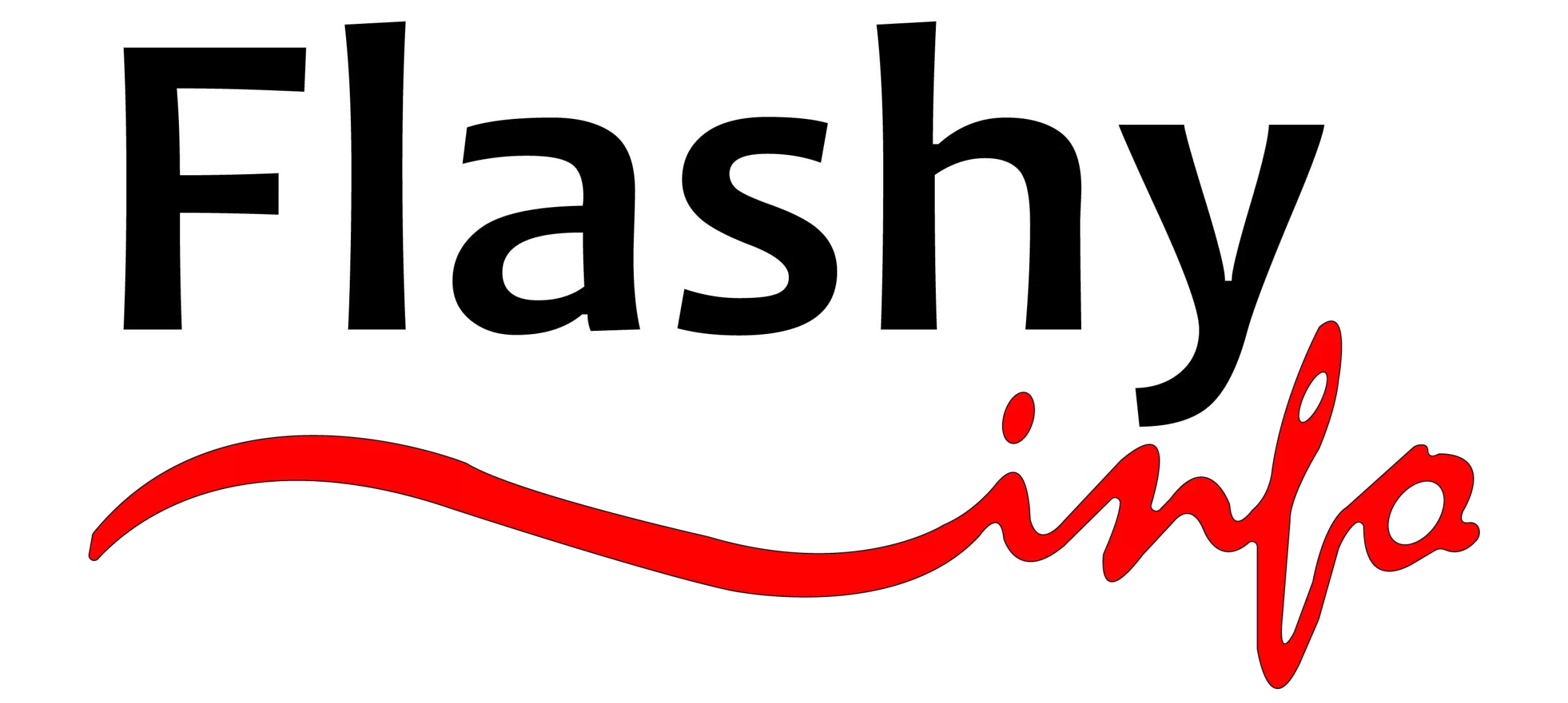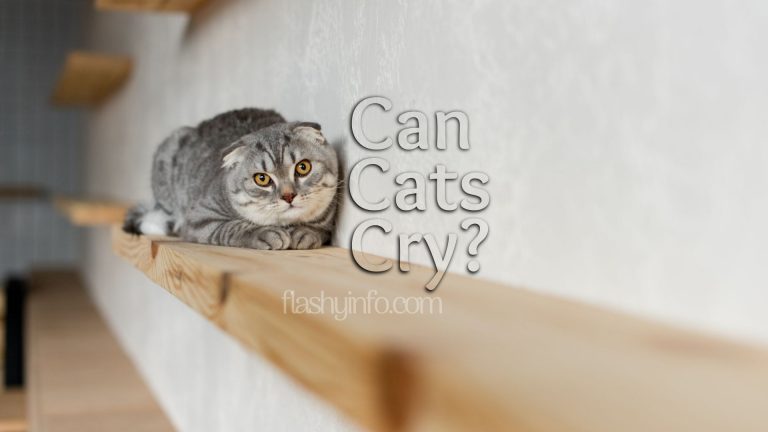Who Was Gaudí? A History of the Catalan Architect From Park Guell to the Sagrada Família
Welcome, globetrotters and aficionados of fascinating world history. Get ready to dive into the life and artistry fused in stone by none other than the iconic Antoni Gaudí.
If you’ve ever had a “pinch me” moment in the midst of marveling at Barcelona’s whimsically magnificent architecture, you’re in the right place. Find a reliable Barcelona Sants bag storage solution, and then you can embark on a journey that stretches from the leafy wonders of Park Güell to the spiraling heights of the never-ending masterpiece, Sagrada Família.
Who Was Antoni Gaudí?
The year is 1852, and the location is the sleepy town of Reus or maybe Riudoms (theories abound for both), the birthplace of the man who would become synonymous with Barcelona’s astonishing skyline — Antoni Gaudí. Raised in the cauldron of Catalonia, young Gaudí found himself drawn towards architecture.
By 1878, through hard work, tenacity, and an unshakable determination, our protagonist wrapped up his architectural studies with the director of Barcelona’s School of Architecture famously saying, “Who knows if we have given this diploma to a nut or to a genius. Time will tell.”
And boy, did time shout it from the rooftops. Gaudí went on to create the very fabric of Barcelona architecture with his unique blend of styles, from Gothic and Catalan Modernism to a lacework of his own genius that can’t quite be boxed into an architectural style. He regularly drew from natural inspiration, and the end product is nothing short of miraculous.
Gaudí’s Unique Design Philosophy
Though first and foremost an architect, Gaudí dabbled in every form of aesthetics with wild enthusiasm. From stained glass, carpentry, and wrought ironwork to ceramic tile settings, the man wore many hats.
Gaudí’s architectural style was a harmonious mixture of the Gothic revival coupled with a twist of Orientalism, as well as Gothic influence, fed chiefly by nature’s patterns and structures. Pillars shaped like tree trunks, balconies mimicking seabed remains, and vibrant mosaics evoking flower beds.
His technique of “trencadís,” a Catalan term for broken tile mosaics, became his trademark, emblazoning his whimsical motifs on church pinnacles and park benches alike. Gaudí’s theology and deep love for nature were intertwined. For him, nature was God’s architecture, the quintessential blueprint. He once mused, “Originality consists of going back to the origins.”
A Tour of Park Güell
Now, get ready for a stroll through the wildly imaginative landscape of Gaudí’s Park Güell.
From the monumental stairway with the famous multi-colored mosaic salamander and the dragon fountain to the sinuous snake-like bench, every corner of this park spellbinds spectators in Gaudí’s architectural language of love for nature and Catalonia.
Just when you think you’ve soaked in its artistry, the park throws another curveball: the undulating wave of the stone colonnade beneath the marketplace, the rugged stone paths mimicking nature’s whimsy, or the panoramic view of Barcelona from the terraced area.
Did you know Gaudí lived in the park for almost 20 years? Not in one of the gingerbread-esque gatehouses, but in a rather simple house now known as “Casa Museu Gaudí”? Talk about living in your art.
The Masterpiece: Sagrada Família
Next, we’re on to the grandeur of the colossal Sagrada Família, a wildly ambitious project. Initiated in 1882, the basilica became Gaudí’s heart and soul from 1915 till his death in 1926. Over a century has passed, but Sagrada Família remains a perpetual work in progress.
Gaudí’s ultimate vision was a forest-like interior, pillars branching out, ornate facades narrating biblical stories, and vibrant stained glass casting a surreal light. The Nativity Facade represents birth, life, and joy, while the Passion Facade stands for suffering and death — a stark contrast and a testament to Gaudí’s versatility.
The unfinished Glory Facade, once completed, symbolizes humanity’s ascension to God, the circle of life coming to completion. Gaudí died knowing his magnum opus would remain unfinished in his lifetime, but he believed in divine timing, famously quipping, “My client is not in a hurry.”
Gaudí’s Influence on Modern Architecture
Antoni Gaudí didn’t just leave his footprints on the sands of Barcelona’s beaches. He left a colossal mark on the canvas of world architecture, pushing the limits of imagination and defying conventional norms.
Gaudí’s love affair with raw natural forms, his daring vision, and his profound understanding of light and form permeate contemporary designs, making Gaudí an archetypal artist ahead of his time. From Park Güell to Sagrada Família, his works continue to echo his belief that an architect should leap across the boundaries of the possible, just like a traveler discovering new sights.
The magic of Gaudí lies not only in his structures but in the dreams they continue to inspire. His style, unabashedly visionary and colorfully audacious, persists as a testament to human creativity, reminding us all that life, like a Gaudí building, is a daring dance with possibility.







